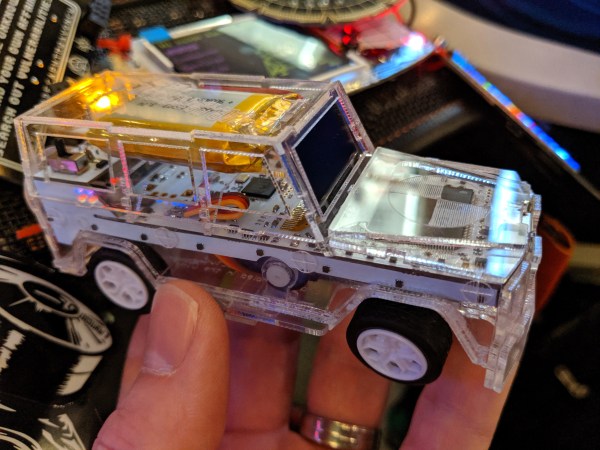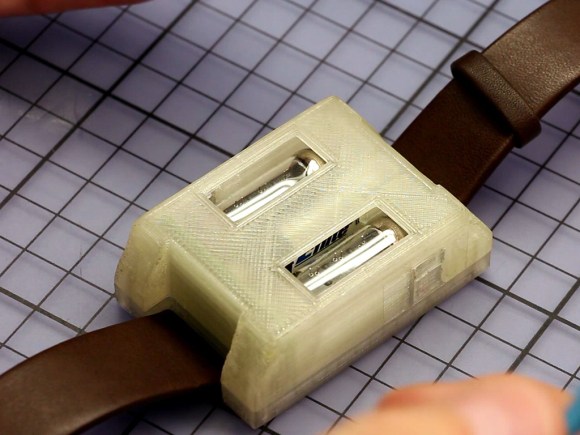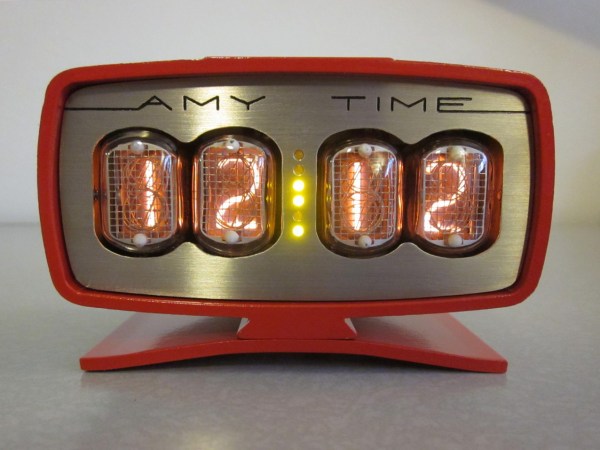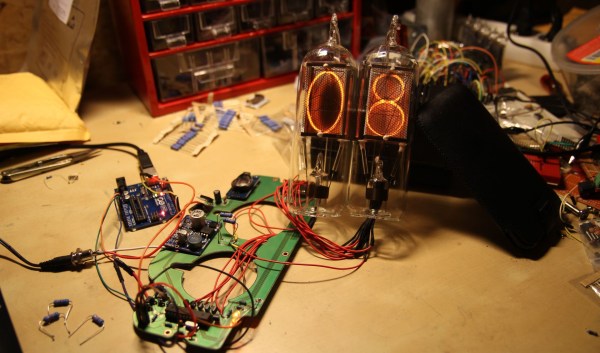Us: “I’ll take Retro style displays we absolutely have to have for $200, Alex.”
Trebek: “This nixie tube is unlike any conventional tube you’ve seen before, handbuilt and NOT numbers or letters.”
Us: “What is FriendlyWire’s new logo tube?”
Trebek: “Heck yeah.”
Nixie tubes are the vacuum technology that manages to do far less than a graphic LCD while looking about a million times cooler. Generally speaking, these tubes are no longer manufactured, and the old stock you can get your hands on usually contain a set of filaments shaped like numbers. But @FriendlyWire’s tweet of this Nixie tube by [Dalibor Farny] breaks both of those rules. This handmade tube isn’t just a numerical display or a colon display (the punctuation mark, get your head out of the gutter). It’s a custom logo, and it’s beautiful.
Continue reading “Think IN18s Are Cool? Get A Load Of This Must-Have Custom Nixie Tube”

















